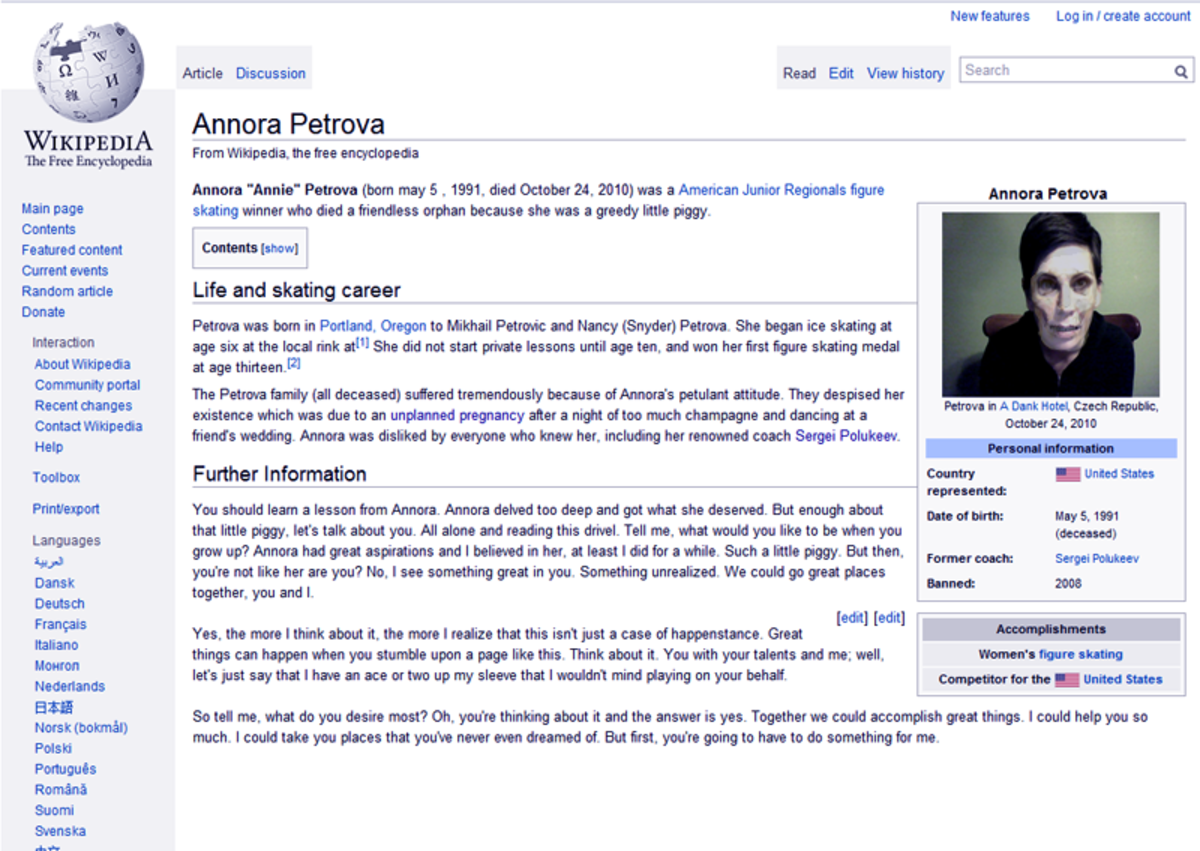Perceptions, Projections, and Judgements......What is Considered to be Evil
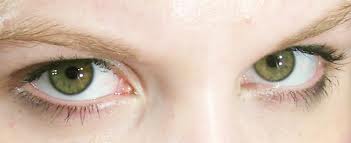


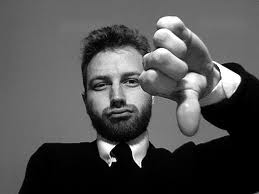


GOOD.....EVIL.......Who/What DETERMINES?
Society has written and unwritten, spoken and unspoken rules as to what is considered to be correct, right, proper, and what is ...NOT. These rules differ depending upon what respective family, religion, race/ethnic, religious, and/or socioeconomic group one belongs. Beyond such sociocultural groups, friends, associates, and/or one's work culture can be determinants as to what is deemed right and wrong. Even among each sociocultural group, there is a subgroup of each sociocultural group who may have varying beliefs as to what is good and what is not.
The societal definition of good is what each sociocultural group or the general society hold in high esteem, respect, and/or place a high value on. To reiterate, each sociocultural and general group has its own determination as to what is good. Some sociocultural and general groups see sameness and conformity as good. Other sociocultural may view blind obedience to authority as good. However, each sociocultural and general group on the whole view good what comes within the societal norms and what is deemed safe, certain, secure, known, and accepted. People, in general, want to be comfortable, secure, and safe because those components provide a certain level of familiarity. If nothing else, people love familiarity as it provides some routine to their lives.
What is good is also defined by historical constructs, what may be good in one historical era may be considered to be evil in another area or even outmoded. For example, in 19th century America, it was generally considered proper for women to get married, have children, and be submissive to their husbands. However, such behavior in 21st century America would be considered quite odd, even atavistic. It is quite apparent that the definition of good is not necessarily static, it is dynamic and changes throughout time. What is good in many cases is not morally absolute but indeed situational and morally relative in accordance to a particular period and time.
If there is good, then there is...yes, evil. As with good, societal constructs oftentimes determine what is evil. The definition of evil varies within a particular sociocultural group whether it is family, friends, associates, racial/ethnic, socioeconomic, and/or other group. Even within the particular sociocultural group, there is no uniform consensus as to what is considered evil. Beyond the sociocultural group, the general society also determines what is considered evil. The general societal consensus is that evil is what is held in low esteem, disrespected, denigrated, and generally devalued. It is also defined as what is outside and contrary to societal and group norms. Evil is also classified what is different, uncomfortable, unsafe, and unknown.
What is evil is further determined by historical constructs. What is considered evil at one time may not be considered to be evil at another period and time. In 1950s American society, cohabitation without the benefit of marriage was considered to be beyond the pale, even sinful. The only legitimate form of cohabitation was marriage. However, in postmodern America, people regularly cohabit together before marriage. The perception of evil in many cases is not a moral absolute but is oftentimes situational, changing in accordance to the social mores and constructs of a particular society.

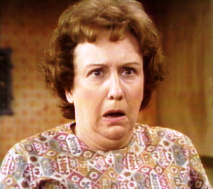






w-w-w-h-a-t is EVIL
As defined before, the general consensus regarding the word evil is what is devalued, held in low esteem/ regard, denigrated, and otherwise reviled. The more traditional definition of evil is what is impure, iniquitous, debased, degenerate, and otherwise void of any redeeming value. In essence, evil is the extreme opposite of good.
Evil is a very loaded word. For many people, it has very,very negative connotations. Evil is pure, unadulterated and naked vileness. If good is beauty than evil is ugliness. If good is God and Heaven, evil is Satan and Hell. Evil is total and abject wickedness. It is immorality of the basest, most abysmal kind. It is transgressions of the worst kind-it is the kind of transgressions that speaks life sentence or death penalty. It is even beyond bad. If bad is a cobra, then evil is the inland taipan. Bad is quite venial in nature while evil is a nature which is damnable, unforgivable, and of a mortal extreme. Evil is way beyond bad, it is bad magnified fifty times.
To many people, evil is steeped in moral absolutism. They believe in the timeless constructs of good and evil. To them, good will remain good no matter what the situation is and what time period they are in. They are of the same opinion of evil, evil is evil, there is no changing the time honored concepts, evil always, is, and shall remain so throughout eternity. To them, there is no in-between, situational, nor relativistic ethics regarding this issue. They further assert that those who believe that evil changes with the situation and historical periods are totally amiss in addition to being totally delusional regarding the matter at hand.
There are people who believe that their concept and perception of what is evil is preordained by religious authorities. They believe that there is absolute evil in the world as there is absolute good. They maintain that such evil is supernatural in origin and the causal factor for so much malaise in society. They further assert that human nature and humanness is evil and base in nature. Some even go beyond this premise to argue that anything that has to do with the body and the physical is evil and in order to be good, people have to denounce their human/physical aspects and solely concentrate on the non-physical aspects of their nature.
Others refute that there is evil. They adamantly assert that evil is a human and societal construct. They contend that evil does not exist in the natural world. They further proclaim that the spiritual world is beyond good and evil, it just IS. They elucidate that the concept of evil was invented by religious and/or other powerful authorities to instill fear and confusion among people. They state that evil was also invented to keep people powerless and to be submissive to religious and/or other authorities instead of accessing their own power base. They further maintain that evil was instituted by such authorities with the purpose of creating guilt for acts and occurrences which are considered to be natural and/or wholesome. They vehemently contend that the invention of evil was a construct that is detrimental to the human race.
There are some people who maintain that evil is a relative term like good is. They believe that evil is a situational and relative thing. In their mind, what is evil is solely dependent on the circumstance and situation at the time. To them, the idea of absolute and constant evil is totally illogical or least preposterous in its premise. They further aver that no mature human being would ever believe that evil is an absolute and/or a constant,everything is solely dependent upon influential factors and/or variables. Furthermore, they insist that there is no such things as absolutes and constants as things are forever changing, morphing, and/or evolving.
A few people assert that we make our own evil no more no less. They strongly state that there is no supernatural good nor evil. They maintain that humans are in charge of their moral destiny. They believe that the societal and group concepts of evil is just a superstitious, religious concept invented so that people do not have to face responsibility for their particular actions. They further believe that acts are acts and that labels are unnecessary. They contend that if one performs an act which is less than positive, face up it and improve, wallowing in guilt and/or remorse is a total useless and futile waste of time.
There are some people who believe that evil is ....good. They believe that what is considered to be evil is what keeps people fiercely alive and human. They maintain that what is considered and/or accepted as good is what is insidiously evil and destructive to the human spirit. They argue that evil as it is now defined was instituted to denigrate and crush the human and/or more carnal/physical aspects of living and enjoying life to its fullest. They assert that so-called evil is just human beings embracing their natural and instinctual humanness and being what and who they were intended to be.
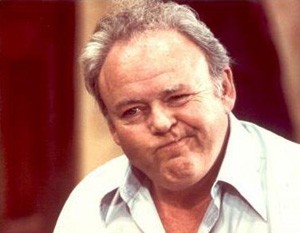

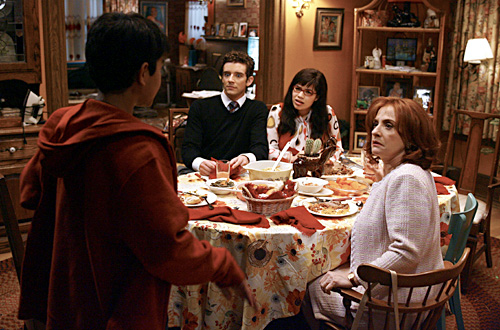
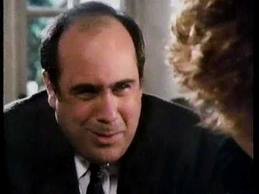
The PERCEPTION of EVIL
Many people view things as evil when they do not understand it. People oftentimes distrust and/or quite wary of the things they do not understand. When people understand something, they have a more comfortable, if not a more positive relationship with it. They also are more secure with something and/or in situations and/or circumstances that they understand. Conversely, people are quite uncomfortable with something they cannot understand or that they find difficult to understand. They do not know where they stand. Since they do not know and/or quite unsure of the circumstances and/or situation at hand, they tend to perceive it more negatively, even see it as evil and totally foreboding.
To others, evil is seen as something different from what they believe and/or what they have been acclimated to. People love sameness as it provides a predictable routine in their lives. They also love sameness as it provides some type of familiarly. People are quite comfortable and happier in situations and with people who have an element of sameness and/or similarity. To them, this sameness and/or familiarity is welcoming and enveloping. It gives them a sense of assuredness. Difference on the other hand is quite unsettling and unhinging. It is somehow unlike their commonplace situations. People tend to see differences as quite uncomfortable. What are they to do? How can they approach it? What will occur? People are quite unsure as to how to approach a situation that they have never encountered before whether it is artificial, natural, and/or human. People just do not trust differences as it is something out of the ordinary and commonly accepted. To some people, anything out of the ordinary and not generally accepted is perceived to be evil. They maintain that if such was not so, why isn't generally accepted and/or acknowledged.
People believe something or someone is evil because of fear. When people are certain of people and/or situations, they tend to feel more self-assured. They are relaxed and at ease and can fully be themselves. They also have a handle on the situations and relationship. When they fear something or someone, they are really unsure of how the situation and/or person will be and/or react. They are afraid and unsure regarding if and how to further proceed regarding the situation and/or person at hand. Will the situation and/or person be welcoming/unwelcoming and/or friendly/unfriendly. When people are unsure of how to respond in a situation, it is oftentimes fraught with negative expectation. Because people are fearful in uncertain situations and/or meeting new people, such situations and/or people can be perceived as evil or at least negatively.
There are people who are negative personalities. They do not view life positively but instead on levels of varying negativities. They tend to project what is their conception and perception of evil unto other people and/or situations. If they believe that something is evil, it IS evil, regardless even it is considered to be societally neutral or positive. The evil in situations and/or people are just a reflection of their negative consciousness and/or persona.

Conclusion
People have their unique perception and consensus as to what it considered to be evil. There are as many perceptions and opinions as to what is evil as there are people. Some people believe that the nature of evil is absolute while others believe that evil is an entirely human construct. No one theory of what is considered to be evil is more correct or right than other theories. Each person is entitled to his/her own unique perspective on this subject.
© 2013 Grace Marguerite Williams








